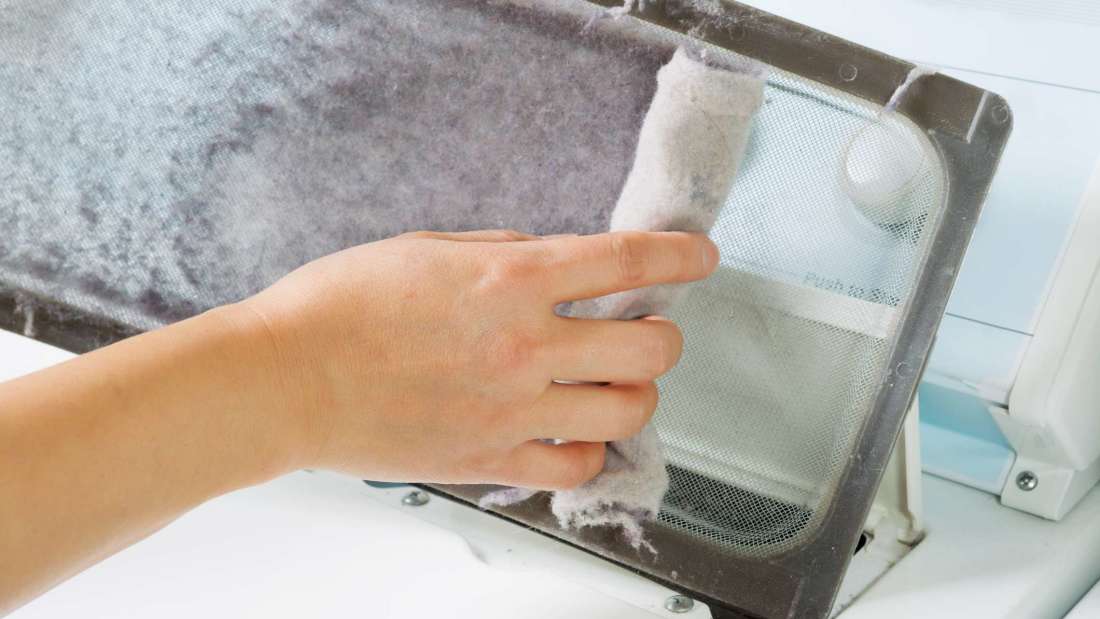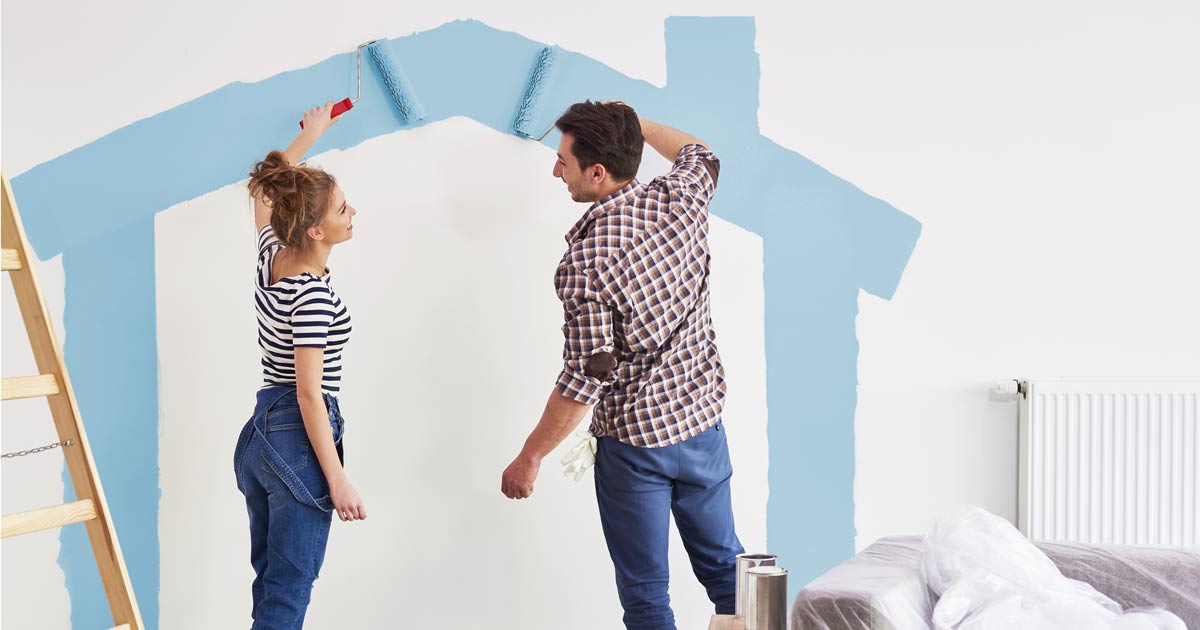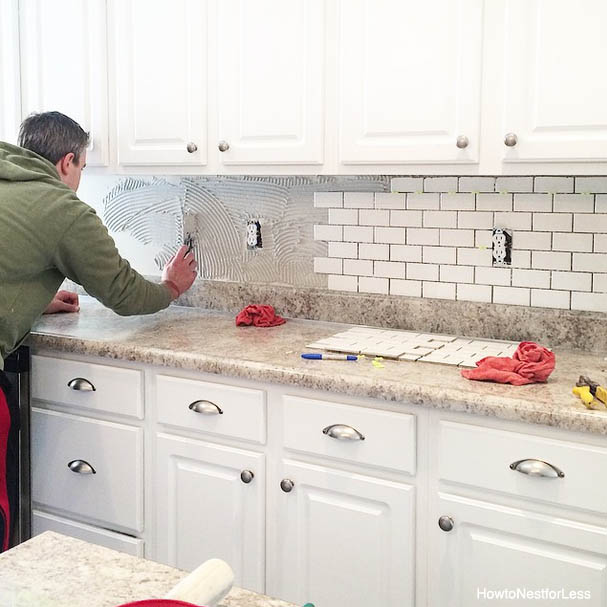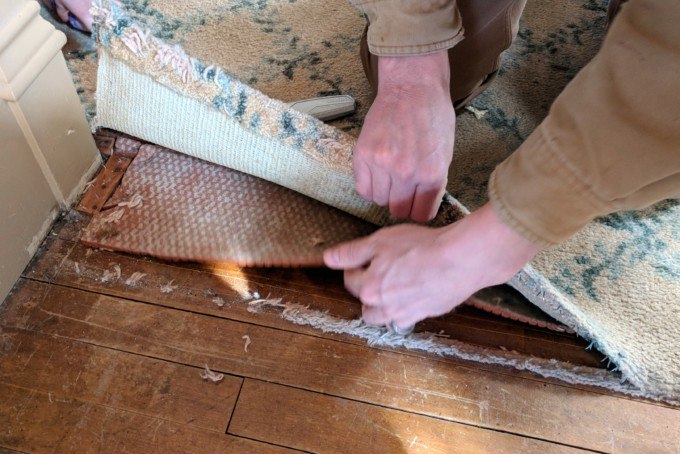Finding and Fixing Possible Dangers at Home

Your home should be your haven. Sometimes, though, things can happen, and it may not be quite as safe as you’d like. Let’s look at some possible dangers in your home and find out how to fix them.
-
- Unfortunately, fire is a very real danger. Every day things like burning candles, cooking, and using appliances can cause fires. One of the main appliances that starts fires is the dryer. Keep your lint screen collector clean, even washing it in warm water and mild detergent every month, and use a lint collecting brush to clean down into the lint trap vent. Once a year, unplug the dryer, remove the back and carefully vacuum any lint that has settled in the back around the motor and wiring. Smoke alarms and fire extinguishers are imperative to have.
-
- Check and maintain areas of your home that are possible fall risks. Make certain handrails are secure, steps are free of debris, and that brick or concrete steps aren’t crumbling, and wooden steps are sturdy and free of rot. Secure area rugs with non-skid tape and keep bathroom floors dry by using easily washed bath mats outside the tub when bathing.
-
- Older homes can have lead paint under layers of newer paint. If you plan on removing paint from woodwork, and your home was built before 1978, purchase a lead-testing kit at your local home center or hardware store. In the case of a positive test, find a specialist that will remove the lead paint safely. Find more information at epa.gov/lead or call 800-424-LEAD.
-
- Speaking of older homes, have an inspector look at the plumbing for lead or polybutylene (PB) pipes. Lead is obviously not safe to use for drinking water, and polybutylene pipes can rupture.
-
- While not all molds are extremely dangerous, many people suffer from allergies to molds. Most feared is black mold, though there are different types of black mold. As soon as you see mold anywhere, clean it up using non-ammonia cleaner and water, or bleach on hard surfaces like your bathroom. If the mold continues to grow, it would be best to call a pro who can look for the cause and make repairs.
-
- Asbestos is only a dangerous substance if it’s disturbed. If you notice deterioration in an area that you know is made of asbestos, or you’re getting ready to remodel, seek a local professional that can safely remove the offending material.
This isn’t a financial subject, but it’s best to have an emergency savings for things like this that can come up, and you won’t have to worry so much about paying for the repairs when it comes to that. Correcting problems as soon as you find them is best for you and your family’s health and well-being. Home safe home is a home sweet home.
Courtesy of New Castle County DE Realtors Tucker Robbins and Carol Arnott Robbins.
Photo credit: mentalfloss.com













